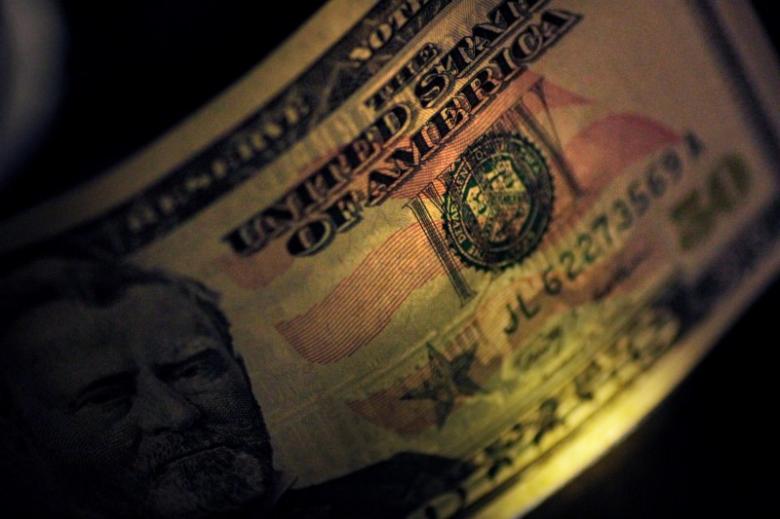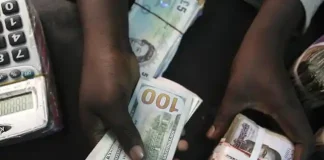The United States of America dollar steadied close to its highest level in ten weeks on Monday, October 9, with strong U.S. wages data at the end of last week giving investors confidence that the Federal Reserve will hike rates in December and again after that.
The Turkish lira slid amid fresh signs of fraying diplomatic relations between Turkey and the United States, after the U.S. mission in Turkey and subsequently the Turkish mission in Washington mutually scaled back visa services after a U.S. consulate employee was arrested in Turkey.
The closely watched non-farm payrolls report on Friday showed the first fall in U.S. employment in seven years, but investors reckoned that was down to the temporary effects of hurricanes, and focused on the largest gain in U.S. wages since December.
“Wages aren’t the sort of thing that pop up and dip back down again – this could the beginning of some decent wage growth, which is what the U.S. economy needs,” said CMC Markets analyst David Madden, in London.
Madden added that hopes that U.S. President Donald Trump could get a tax reform program passed were also keeping the dollar supported.
Data on Friday showed speculators cut their bearish bets on the U.S. dollar in the week up to last Tuesday.
The dollar index – which measures the greenback against a basket of six other major currencies – hit its highest since late July on the numbers, at 94.267. It traded close to that level on Monday, flat on the day at 93.789.
Trade was thinned by public holidays in Japan, South Korea and the United States.
The New Zealand dollar touched a four-month low after a final vote count in the country’s tight general election released over the weekend failed to identify a clear winner.
The New Zealand dollar slipped to as low as $0.7052, its lowest level since May 30. The kiwi was last trading at $0.7075, down 0.2 percent on the day.
“There’s still a lot of political uncertainty around the make-up of the next government. That political risk premium is being attached to the kiwi and I think that’s going to keep it under some pressure in the short-term,” said Peter Dragicevich, G10 FX strategist for Nomura in Singapore.
The euro was flat at $1.1726, having pulled up from Friday’s low of $1.1669 – its weakest level since Aug. 17.
Sterling rebounded around half a percent after its worst week in a year, with signs that a plot to topple Prime Minister Theresa May was not going to be successful helping lend support to a currency that has been ridden with worries over political uncertainty.














